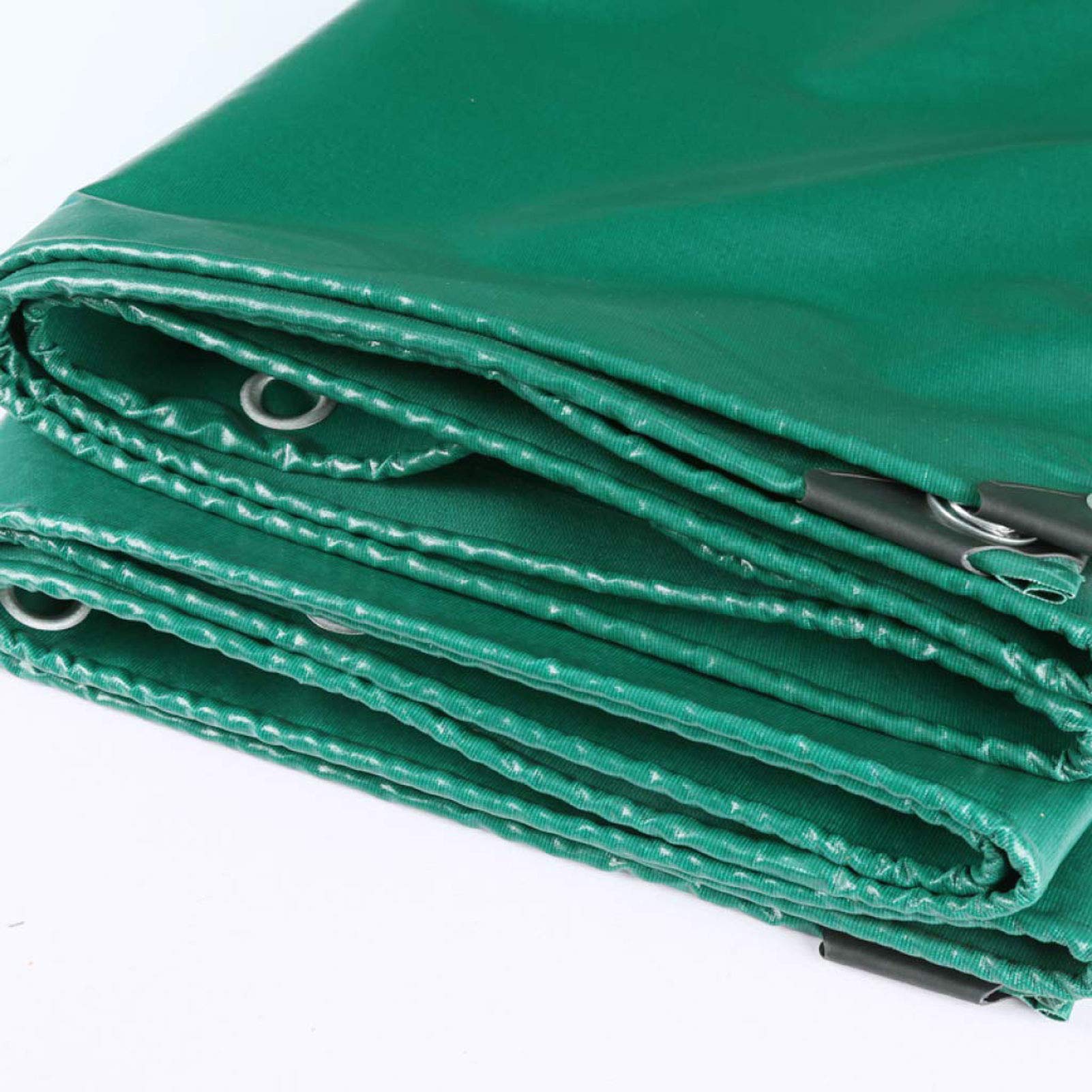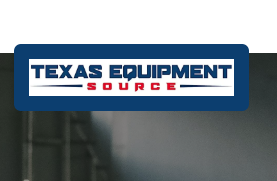Setting the eyelets in the tarpaulin is a practical method. It adds to the efficiency of the Tarpaulin Sheet. In this article, you will get a detailed step-by-step guide. The process is quite simple with the proper tools and the best methods of insulation.
Tools Required
Prepare the mentioned tools before you start the task. They are as follows:
-
Eyelet installation kit
-
Hammer
-
Marker or pen
-
Measuring tape
-
Scissors
-
Protective surface
Step 1: Preparation
Lay the tarpaulin on a flat surface, which is the first step. You must make sure that it is not contaminated or wet. Decide where to place the eyelet and factory set it where you like it to be. Draw a guide on each hole using a pen or marker. Measure evenly to keep the holes spaced. This process is a master plan for the tarpaulin.
Step 2: Cutting Holes
You need to use scissors to make circular holes where you should have made the decisions. It should be a smaller hole than the eyelet is. This guarantees the use of a mixer. Be careful that cutting too much at the holes is not a good thing for the last hole, because it will be a hole.
Step 3: Positioning the Eyelet
Have the bottom part of the eyelet in your hand. Set it under the tarp. Make sure the cutout hole corresponds with the alignment. The edge that is lying flat on the Canvas Tarpaulin is to be inserted. This metal sheet is securely fastened to the tarpaulin by way of introducing the edge of the eyelid.
Step 4: Inserting the Top Part
The top part of the eyelet is to be pushed through the hole from the upper side. It should have the right size of the entrances at the base. The hole is perfectly designed so it should not be a problem. One of the important differences in this process is the right order of the parts.
Step 5: Setting the Eyelet
Understanding the setting process is quite clear especially following the instructions and usage of the tools associated with installation of the eyelet. Such tools are packed with the eyelets. When using a hammer, keep it steady and upright. If a blister appears on a thumb, a hard blow is the cure. You have to give it a few tough whacks before it gets locked in place.
Step 6: Checking the Installation
The eyelet should be tight and secured if the setting is done correctly. Moreover, there should be no distance between the eyelets and the tarpaulin. A properly installed eyelet is static and doesn’t get moved or rotated. This is an inspection for longevity and use of the product.
Step 7: Repeat the Process
Repeat from the 2nd up to the 6th step for each circumstantial quote. The complexity of each component of the installation is necessary. Uniformity of the process ensures the safety of all eyelets being secured. Take care in picking up speed if accuracy is in doubt.
Step 8: Final Inspection
Meanwhile, all eyelets are arranged, inspects the tarpaulin is inspected. All the eyelets have to be checked. Besides, a report on the tarpaulin status must be submitted. Then, timely. The last survey guarantees the tarpaulin to be ready.
Tips for Success
-
Prefer high-quality eyelets when you are looking for long durability of the product.
-
Eyelets should have a good amount of space between the end of a border and the beginning of the next eyelet. Tightening typically begins in the center.
-
You may strengthen the edges of the fabric where the eyelets will be with the help of a canvas.
-
Start by training on a scrap piece of tarpaulin.
-
Use a smooth, flat, and solid surface for best results. Working on a tarpaulin in this situation would only limit the hard surface needed to maintain the tension because you cannot have a slick and firm fabric. That is why the flat surface should be firm and have a good fit with the tarp.
Conclusion
To summarize, installing eyelets into tarpaulin covers is not a difficult process and improves the functionality and quality of the tarp. If you follow the proper process, like preparation of tools, measuring the tarp correctly, and securing the eyelets, your tarpaulin will last longer and be functional. Frequent inspection and care of the eyelet installation will help it last as long as possible. This guide provided a good approach for anyone who seeks to install eyelets and get a secure, quality installation for their tarpaulin covers.







0 Comments